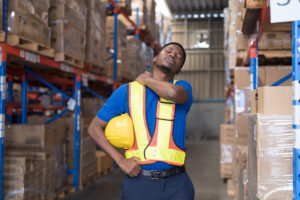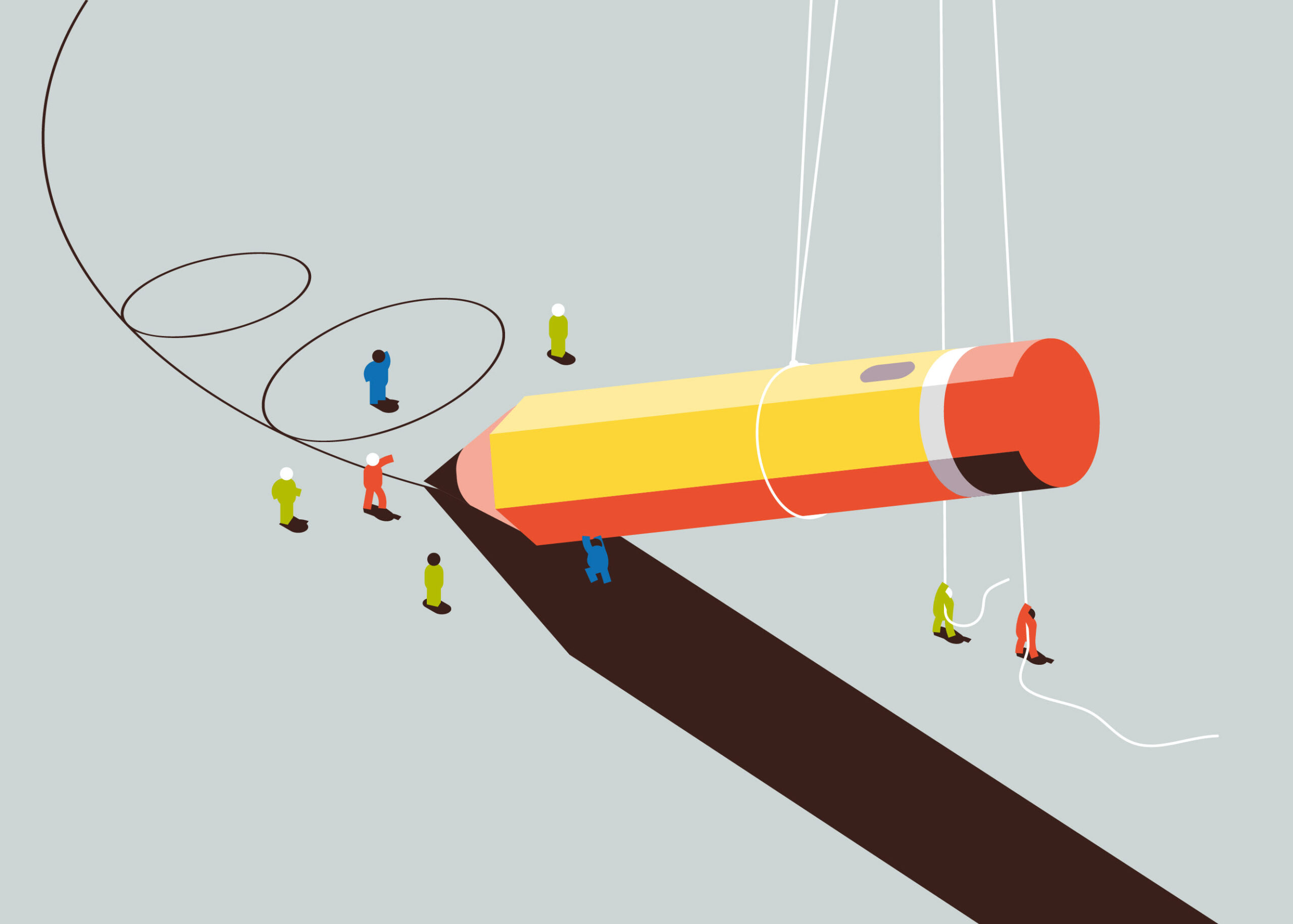The Impact of Obesity on Patient and Clinician Safety
Sprains and strains are the leading cause of injuries in the healthcare industry, and handling heavier patients can increase these risks. We look at several of the effects of bariatrics in managing healthcare organization exposures.
September 10, 2024

The National Institute for Occupational Safety and Health (NIOSH) recommends that healthcare workers lift no more than 35 pounds when lifting or transferring patients. Yet, the consequences of not following its guidelines are often seen through patient and clinician injury. As obesity rates in the U.S. continue to rise, so does the frequency of admitted patients who weigh more, creating advanced risks for healthcare facilities.
“When referring to weight lifting restrictions in the way of moving and transferring people, healthcare providers need to consider what procedures are necessary to do it safely on a consistent basis,” said Alleen Wilson, Senior Risk Control Manager at Safety National. “It is of the utmost importance that clinicians are taught appropriate lifting and transferring techniques, and that they use specialized equipment to help minimize the risk of musculoskeletal injuries. This helps protect caregivers and ensure the safety of patients.”
Here, we review the potential effects of obesity on patient and healthcare provider safety.
1. Injury to Caregivers
Transferring, moving, and repositioning patients of size can lead to musculoskeletal injuries for healthcare workers, including strains and sprains and more severe injuries to the back, neck, shoulders, and arms, especially if lifting techniques or appropriate equipment is not used. This can lead to severe injuries over time or even severe acute injuries if not done correctly.
2. Patient Injury
Improper lifting techniques or inadequate support can result in an injury to the patient. This can include skin tears, bruising, or more severe injuries, such as fractures or dislocations, particularly if the patient cannot brace themselves during the transfer.
3. Equipment Limitations
Many healthcare facilities lack appropriate lifting equipment, such as specialized hoists or slings, that is designed for plus-size patients. Using standard equipment for these patients can lead to equipment failures or accidents.
4. Falls
Transferring plus-size patients without adequate support significantly increases the risks of falls for both the patient and staff involved in the transfer or repositioning movement. Falls can lead to serious injuries, including head trauma and or fractures.
5. Psychological Impact
The experience of being lifted or transferred can be distressing for plus-size patients, potentially leading to feelings of embarrassment, shame, and anxiety. This can impact their overall healthcare experience and willingness to seek care.
6. Infection Risks
In some cases, improper handling can also lead to skin breakdown or pressure ulcers, particularly in patients with limited mobility. This increases the risk of infections, which can complicate recovery and extend hospital stays.
7. Inadequate Training
Not all healthcare professionals receive specific training on safely lifting or transferring plus-size patients. This lack of training can lead to unsafe practices and increased risk of injury.
8. Emergency Situations
The urgency of an emergency can lead to hasty and unsafe practices. The lack of time may prevent staff from using proper equipment and safe techniques. A comprehensive plan should be in place that involves regular staff training and ensuring proper protocols and equipment are available.

























